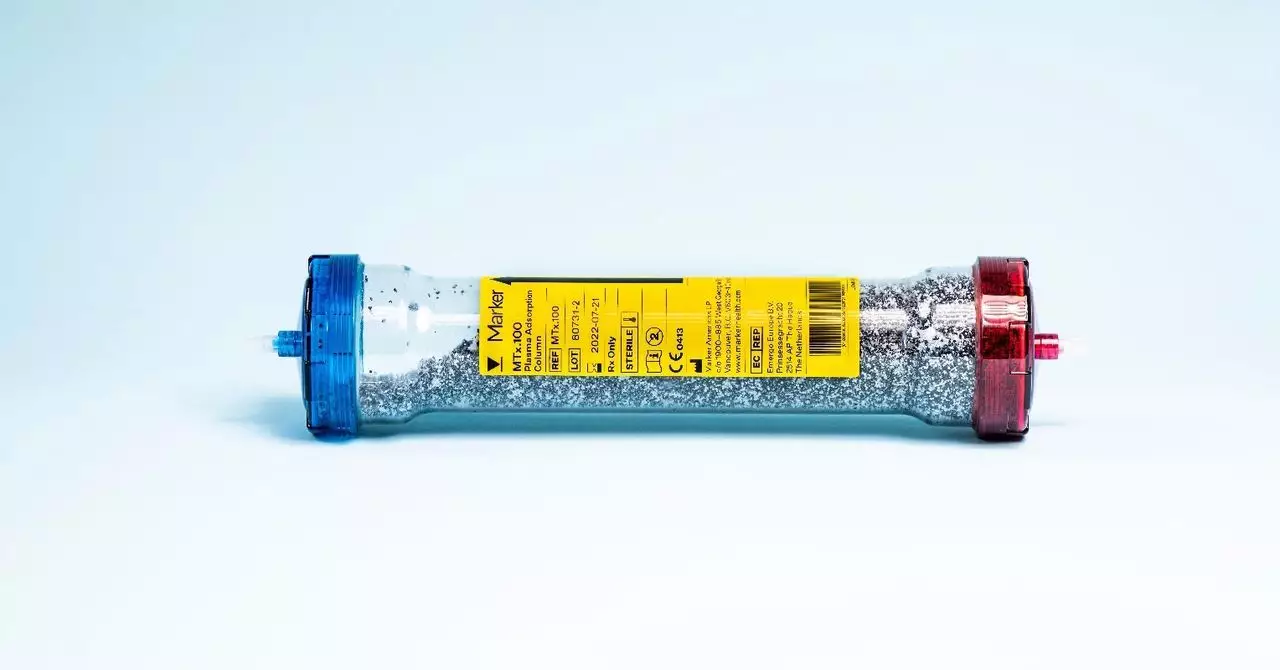Microplastics have infiltrated nearly every corner of the Earth, from the frigid reaches of Mount Everest to the tumultuous depths of the Mariana Trench. These tiny particles—often less than five millimeters in size—have become a pervasive contaminant, found in an astonishing array of environments including Antarctic snow and clouds. However, their presence does not stop at natural landscapes; microplastics are also found in diverse forms of life. Creatures ranging from the smallest plankton to majestic whales have been shown to harbor these pollutants.
The issue is not just confined to the animal kingdom. Human beings, too, are part of this disturbing narrative. Microplastics have been identified in human placentas, semen, breast milk, and even blood, suggesting that we are not only hosts to these foreign particles but potentially affected by them on a fundamental biological level. The implications of this universal contamination are staggering and alarming.
Desperate Measures and Promises of Purity
In response to growing awareness about these pollutants, a niche market has emerged offering detoxification treatments for those concerned about microplastic exposure. One clinic in London, Clarify Clinics, has gained notoriety by promising the removal of microplastics and other toxins from a patient’s blood for a premium price of £9,750 ($12,636) per treatment. Within the opulent confines of this establishment, patients undergo a procedure to filter their blood plasma, theoretically ridding their systems of harmful contaminants.
People are drawn to such clinics with hopes of alleviating chronic issues such as fatigue, brain fog, and even long Covid symptoms. It creates a bifurcation in public perception: while physical and emotional health is at stake, there is also a desperate desire for a tangible solution, despite the ambiguity surrounding the effective impact of these treatments. The approach raises a pressing ethical question—are we simply chasing shadows in a bid to reclaim our well-being?
The Science Behind Microplastics and Health Risks
The scientific community has dedicated considerable resources to understanding the health implications of microplastics, yet consensus remains elusive. A 2022 WHO report reveals the stark reality: the evidence on whether microplastics pose genuine health risks is inconclusive. On one hand, scientists document their omnipresence; on the other, definitive proof of harm in human health remains sparse.
Frederic Bén, an environmental contaminants researcher, emphasizes the need for a more nuanced understanding of exposure levels. “The dose makes the poison,” he articulates, prompting a focus on precisely how much microplastic we are absorbing through water, food, and air. Coupled with recent research indicating a higher risk of cardiovascular events in individuals with microplastics in their arteries, it becomes increasingly critical to discern the true impact of these particles.
The Need for Informed Public Discourse
As the narrative around microplastics evolves, public discourse must keep pace with scientific developments. The confusion surrounding potential health impacts, influenced by financial incentives and market-driven solutions like those offered by clinics, poses a considerable challenge. This confusion can lead to a paradox where individuals divert their attention to high-cost treatments while ignoring preventive actions against exposure in the first place.
Moreover, the medical community has a vital role to play in educating the public about the realities of microplastic exposure, fostering discussions that go beyond simple detoxification. There is a critical need for clarity surrounding evidence-based approaches to manage health in a plastic-laden world and a concerted effort to address the systemic causes of pollution rather than merely its symptoms.
In battling the microplastic dilemma, humanity finds itself at a crossroads of knowledge, innovation, and awareness. As we navigate this complex landscape, we confront an invisible enemy that we might not fully understand, but that we cannot afford to ignore. The promise of detoxification and purification leads us to question our trust in modern solutions, urging a more profound examination of both the science behind microplastics and the socio-economic structures that allow such pervasive contamination to persist.

